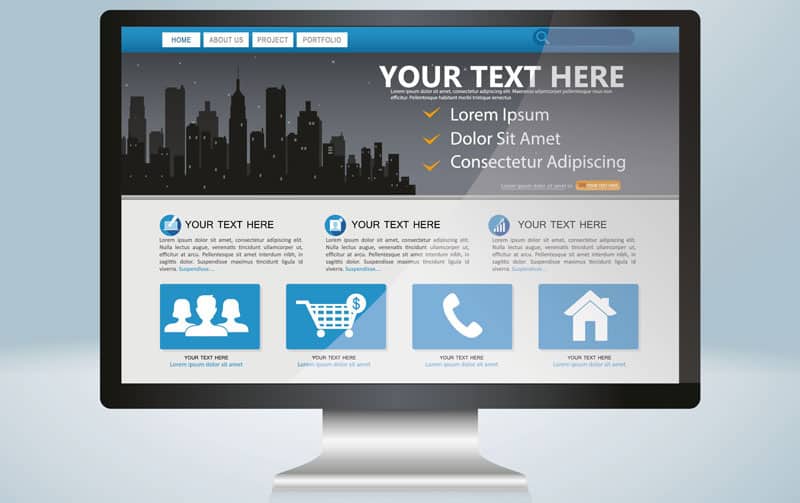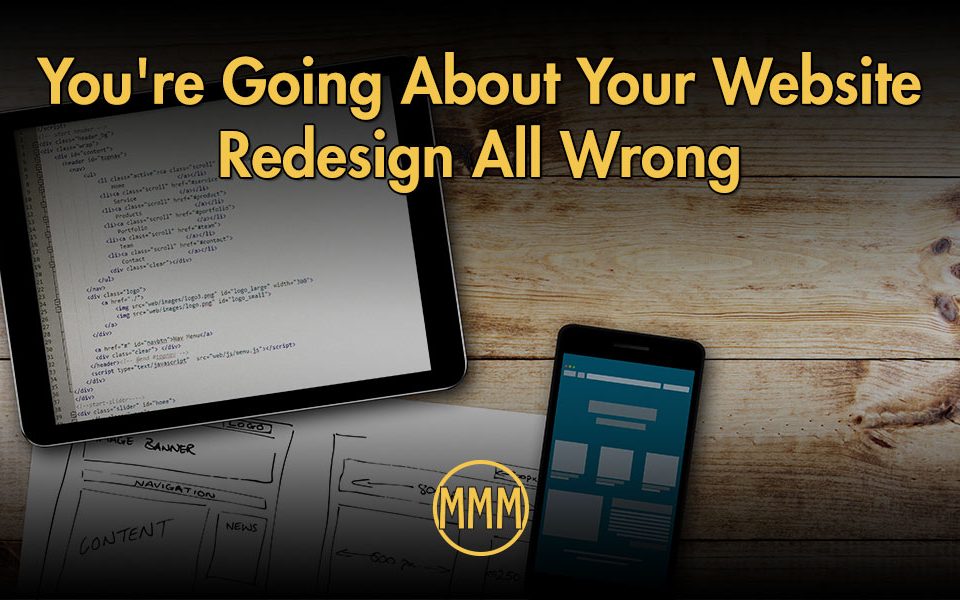
Why Responsive Websites Suck and WordPress is at Fault
October 4, 2016
Don’t Leave Money on the Table. Learn HOW Visitors Interact With Your Site.
November 1, 2016My last article got a bunch of comments about people agreeing with me that WordPress sucks. I thought that was awesome that they took the time to comment except for the fact I wasn’t trashing WordPress. My point was that relying on pre-made templates for website development is hurting your user’s experience. Again I want to emphasize that I am not discrediting the designers of these templates, I am mostly critical of the people and businesses who implement these templates without any forethought.
My criticism lies not in the aesthetic of these designs but rather in how many try to fit their content into these templates and making the assumption that it will work for your website. In my experience, they don’t. As a result, you spend additional time and money trying to customize these templates to make them work. In the end, you spend as much time fixing a premade template as you would have creating it.
All of these web design platforms (Wix, Weebly, Squarespace, Drupal, WordPress, etc.) are just a means to an end. They shouldn’t dictate how the design should look. That is YOUR job to dictate it. I know that pre-made templates make the design process quick but I counter that you can either have it quick or you can have it good. In 99.9% of the time, you can’t have both.
No design is perfect, not even the ones that you plan out. It is hard to predict human behavior. In many cases you may not know your customer as well as you thought. Actually, let me rephrase that. You may not know your website visitor as well as you thought.
Regardless of platform, you need to start with your goal in mind. In most cases, website redesigns start with how the final template will look as opposed to building it from the inside out. What does building it from the inside out mean? It means starting with the bottom of your marketing funnel and working your way to the top. Let me give you an example.
Let’s say you sell pink bikes, and you sell more than one style of pink bike. The goal for the site is to sell pink bikes. Easy so far. However, there are also checkout pages, product pages and category pages that all need to be planned out. What do you want visitors to see when they get to those page? Is there an opportunity to upsell them with accessories such as helmets, baskets or bells for the bike? How will these items appear on the page? A poor or confusing design will stop the visitor from continuing.
Planning and testing these pages before the final design is made will lead to better decisions on what elements are important and where they go on the page. The design should be the last thing to consider.
Over the last few paragraphs notice I didn’t mention anything about the platform the site is being built on. That is my point. All the design decisions are independent of the platform being used. You can have great or poor conversion rates in spite of the platform the site is built on. What I am trying to stress is that you need to plan your website out. By taking the time to think through the process avoids costly delays, redesigns and lost revenue.
Whether you decide to use WordPress or any other platform, it doesn’t really matter. What does matter is not just taking a template and building a website around it. Yes, it looks like a really beautiful design, but is it useful for your business? Is it going to increase your conversions? If “I don’t know” is the answer to those questions, then it might be time to step back and take a closer look at what you want from your website and what is the path to get there.




